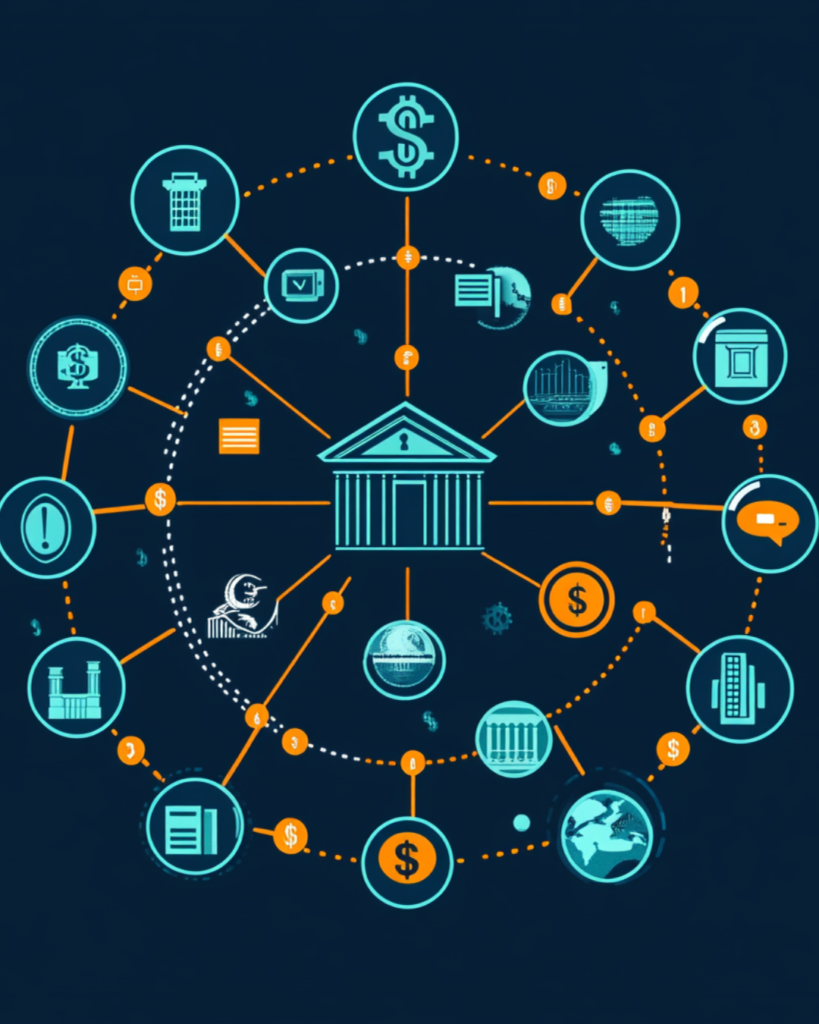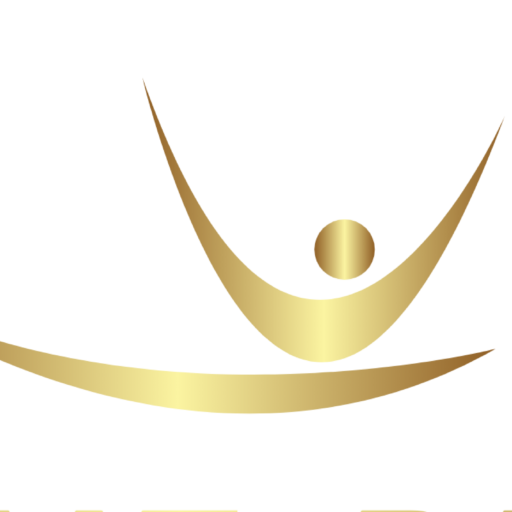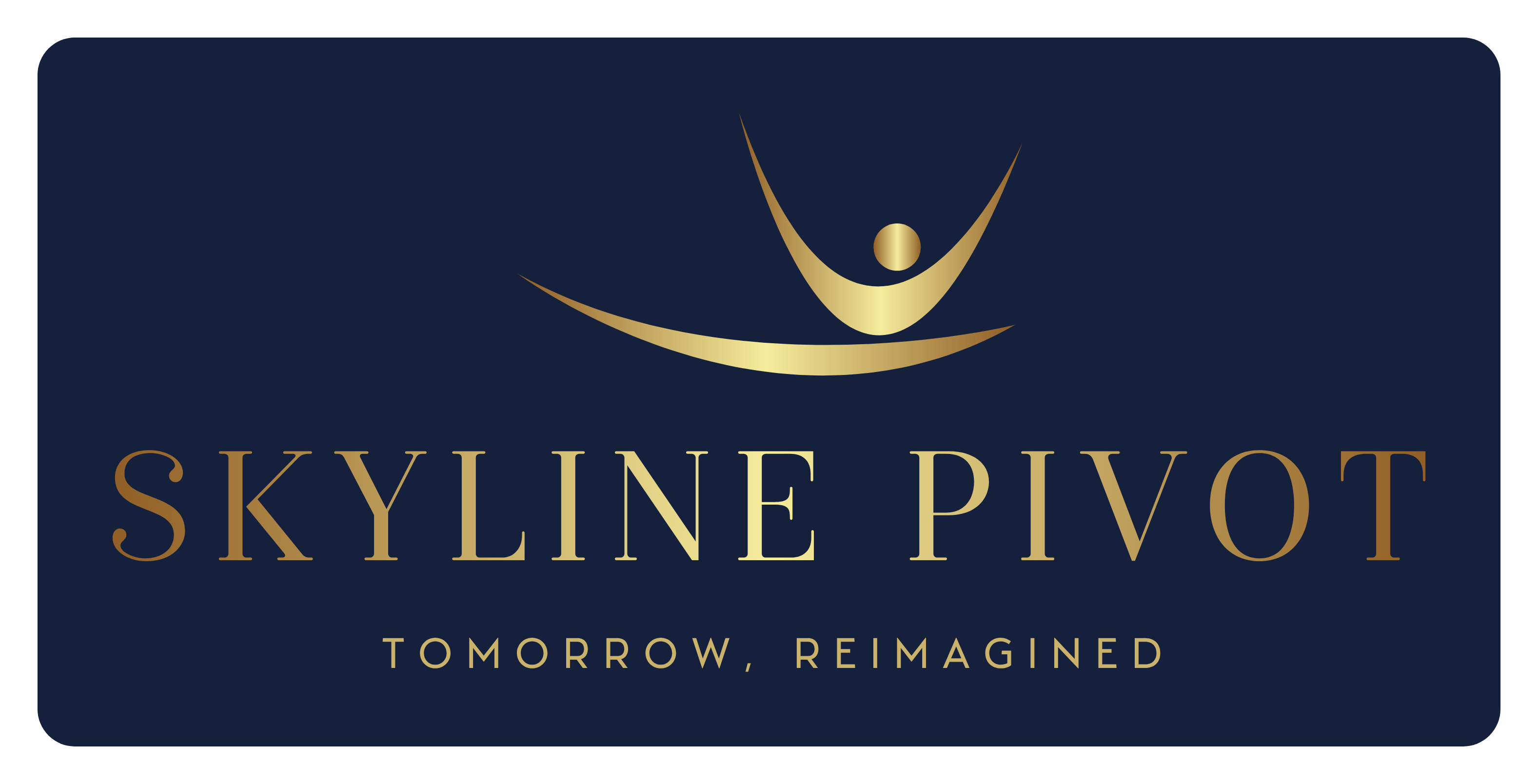Federal Reserve Interest Rate Cuts…
Spoiler alert: it’s not always what you think.
While interest rate cuts are framed as a lifeline for the economy, they might be putting a Band-Aid on a deeper problem.
The Federal Reserve just announced its latest moves: two interest rate cuts projected for 2025. Headlines celebrate lower rates as a win for the economy, but the reality is more nuanced. If inflation’s still heating up, why ease up on rates at all? Let’s unpack the story behind these cuts and what they mean for you.

What’s Driving the Federal Reserve Interest Rate Cuts?
At face value, rate cuts are about “stimulating the economy.” Lower borrowing costs mean businesses expand, consumers spend, and financial markets stabilize. But here’s the kicker: inflation isn’t cooperating.
In 2025, inflation projections remain stubbornly above the Fed’s 2% target, hovering between 2.5% and 2.7%. Historically, cutting rates when inflation is high can fuel more price hikes, not curb them. So why is the Fed pulling back now?
According to Federal Reserve Chair Jerome Powell, the central bank views current rates as “too restrictive.” In simpler terms, high rates are believed to stifle job growth and economic stability. But critics argue this is less about labor markets and more about bailing out sectors struggling under tighter conditions—like commercial real estate and federal debt management.

What Do Interest Rate Cuts Mean for You?
If you think lower rates only affect Wall Street, think again. Here’s how Federal Reserve interest rate cuts ripple into your life:
- Borrowing Costs Drop
Mortgage rates, credit card interest, and business loans often decrease after a rate cut. If you’re planning a big purchase, you might see some relief. - Savings Take a Hit
The flipside of lower borrowing costs? Savings account yields drop, making it harder for savers to build wealth. - Inflation Risks Linger
Cheaper borrowing fuels spending, but if inflation rises faster than wages, your purchasing power could shrink.
The Bigger Picture
While the Federal Reserve positions rate cuts as a tool to support the economy, they’re walking a tightrope. Cut too much, and inflation might spiral out of control. Cut too little, and the economy risks stagnation.
The challenge is striking a balance—and, as history shows, the Fed doesn’t always get it right. Critics argue these moves are reactive, not proactive, designed to placate short-term pressures rather than address long-term growth.
What Should You Do in This Environment?
Understanding Federal Reserve interest rate cuts isn’t just for economists. Here’s how you can position yourself in a shifting financial landscape:
- Reassess Your Debt
Lower rates may be a good time to refinance high-interest loans or mortgages. - Diversify Investments
In times of uncertainty, spreading your investments across different asset classes can protect against market volatility. - Track Inflation
Keep an eye on inflation metrics. If prices rise faster than your income, adjust your budget and savings strategy accordingly.
The Real Question: Who Benefits Most?
Rate cuts often benefit those at the top. Large corporations can borrow cheaply to expand, while everyday consumers face inflationary pressures that erode their paychecks.
That’s not to say you can’t win in this environment. The key is staying informed, making strategic financial decisions, and understanding the ripple effects these cuts have beyond the headlines.
Federal Reserve Interest Rate Cuts—Boon or Burden?
Rate cuts grab attention for their immediate impact, but their long-term effects are often less glamorous. For some, they’re an opportunity; for others, they’re a warning sign.
So, where do you stand? Are these cuts giving you financial breathing room, or are they tightening the noose? Let’s talk in the comments—your perspective matters.
As the Federal Reserve navigates its next moves, now is the time to evaluate your financial strategies. Whether it’s understanding how interest rate cuts impact your investments or strengthening your financial foundation, staying informed is the key to staying ahead.
Looking to take control of your financial future? Start by ensuring your credit stands strong. Explore Credit Elevated to begin your journey toward clarity and resilience.
Further Reading
Because in a shifting economy, preparedness isn’t optional—it’s your edge.📌 The Health-Wealth Connection: Proven Ways to Build Financial Security
Discover how personal well-being and smart financial planning go hand in hand.



Leave a Reply